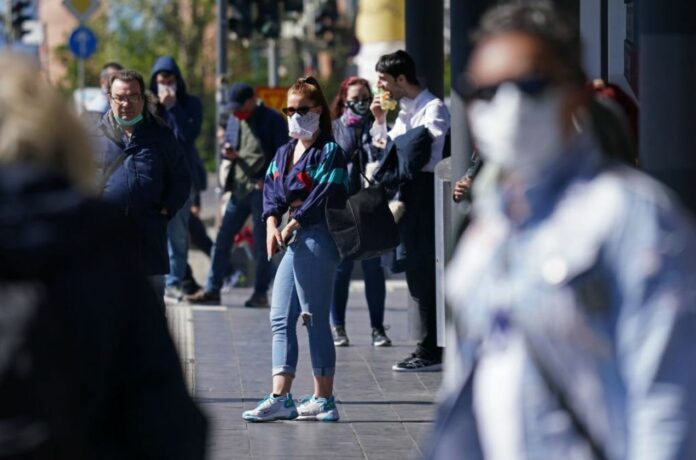The immune system tackles the coronavirus using antibodies and T cells. Scientists know how the virus evades antibodies, especially vaccine-promoted ones, which causes variations like the omicron. However, very little is known about how T cells manage to evade detection.
Now, scientists at Skoltech and their colleagues have found mutations that let T cells escape. These mutations were found in a patient with a weak immune system. Their research in Nature Communications suggests that this is a novel reservoir for potentially lethal mutant strains.
Antibodies and T cells are only effective when they are able to attach themselves to a viral particle by making use of a substance that is known as an antigen. This is a reference to a part of the pathogen, like a protein or peptide, that makes it unique.
Antigen-presenting molecules are specialized cells that “display” antigens to the immune system. Now, the annoying virus is always changing its shape, which can change the place where the antigen is and make it hard or impossible to get.
Keeping track of the changes that allow SARS-CoV-2, the virus that causes COVID-19, to avoid the immune response is important for understanding, tracking, and stopping the pandemic.
While scientists and the media have paid close attention to the emergence of mutants able to evade antibodies, little is known about viral adaptations to T-cell immunity.
In this study, scientists examined a 318-day COVID patient to see whether the virus escapes T cells.
She was also getting treatment for her cancer, which has the side effect of stopping her body from making antibodies.
This enabled them to analyze the viral adaptation to the T-cell response in isolation
And bioinformatic research showed that the virus acquired exactly those mutations that prevented the patient’s T cells from detecting it during the course of this prolonged sickness.
The authors emphasized that scientists have this knowledge since everyone’s T-cell immunity is unique.
T cells function by systematically exploring all potential antigen binding sites (or “keys”) until they find one that fits the “lock” (the surface of the antigen presented by antigen-presenting agents).
The lock continually changes its form, such that eventually no key will work, and the mutation that caused this continues.
Virus mutations may also make it more difficult to identify the proper lock or enable the antigen to evade being paraded by the presenting molecules. Natural selection ensures that these changes continue since they are favorable to the virus.
Since each person has a different set of keys (T cell receptors) and a different set of “presenting molecules,” researchers could show that the virus in the patient actually adapted to her immune system instead of just changing randomly.
Now, are these changes just a cause for worry for long COVID patients with reduced immunity, or may they pose a global threat?
To figure this out, the researchers looked at how well the patient’s specific set of presenting molecules protected the virus from the wide range of T-cell responses in the global population.
It turns out that the T cell escape mutations revealed were, in fact, of a kind that would aid the virus in deactivating several of the most prevalent antigen-presenting molecules in the human population.
The results highlight how important it is to be concerned about the possibility that a virus may generate strange mutations if it is left to its own devices in a human for an extended period of time.
If the patient contracts the new harmful strain and then spreads it to other people, this might lead to the emergence of a new kind of worry.
We now know that strains that are resistant to T cell-based immunity could also come about this way, along with strains that can avoid antibodies made in response to a vaccine or a natural infection.
Although it is difficult to say at this point how harmful such hypothetical mutant strains may be, Professor Georgii Bazykin of Skoltech Bio, the principal investigator of the study, promised that the investigation will continue.
Source: 10.1038/s41467-022-34033-x
Image Credit: Sean Gallup/Getty Images
